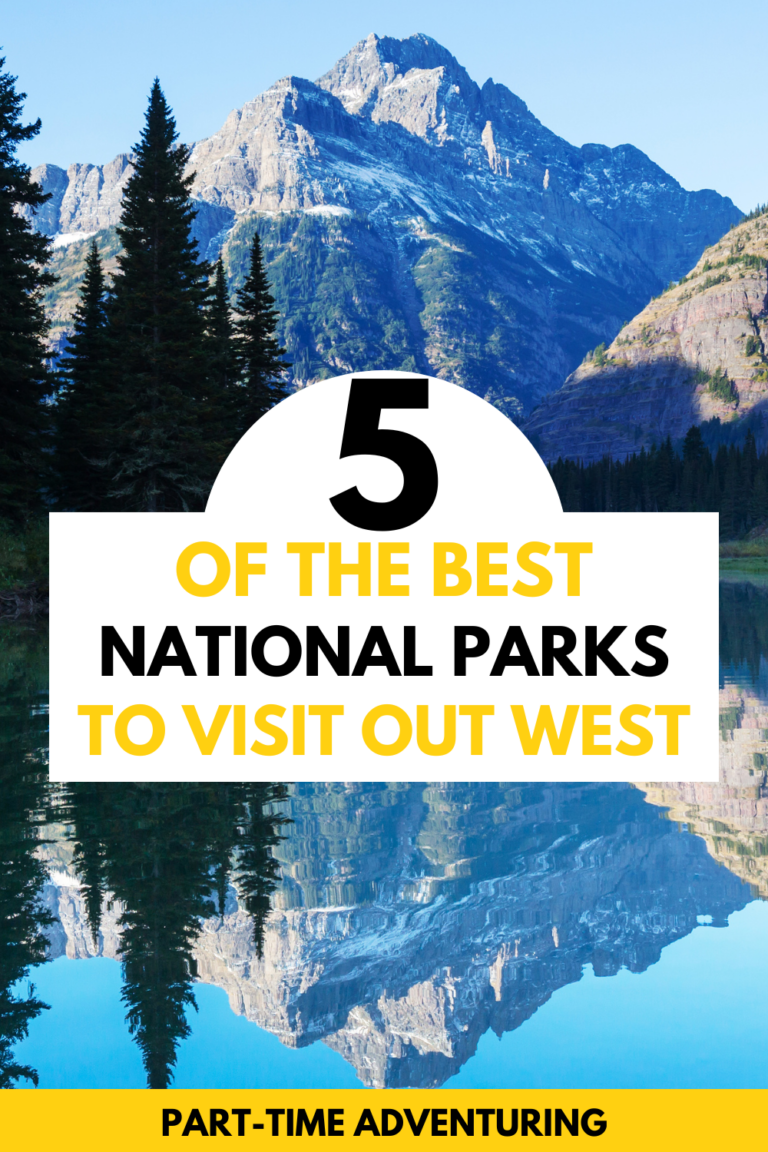The Best National Parks in the American West are known for their breathtaking landscapes, diverse ecosystems, and outdoor adventures. From towering mountains and ancient forests to vast canyons and glacial lakes, this region is a dream destination for nature lovers. Whether you’re a seasoned hiker or just love exploring, these five parks should be on your travel list.
Why Visit the Best National Parks in the American West?
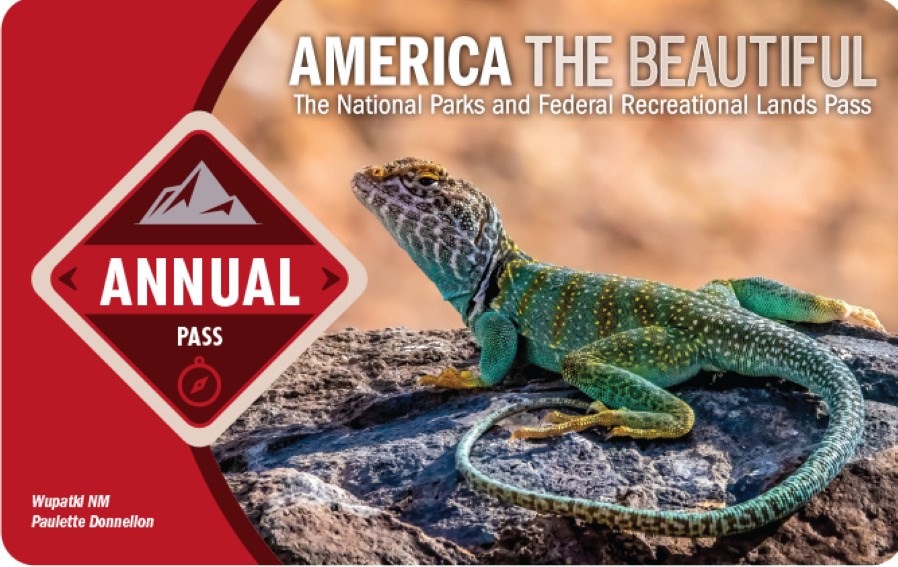
The Best National Parks in the American West offer a mix of dramatic scenery, wildlife encounters, and unforgettable hiking trails. These parks have something for every type of adventurer, from beginners to experts. Stunning views, wildlife sightings, and star-filled skies await, making them a must-visit for outdoor enthusiasts.
Pro Tip: If you’re visiting multiple national parks, consider getting the America the Beautiful Pass. For $80 annually, it grants access to over 2,000 federal recreation sites, including the Best National Parks in the American West.
Best National Parks in the American West: A Guide to Nature’s Wonders
The American West is home to some of the most stunning national parks. From the Grand Canyon to the towering trees of Redwood National Park, here is some important information regarding planning a trip to these best National Parks in the American West.
What You Need to Know Before Visiting
Planning a trip to the Best National Parks in the American West? Many of these popular parks require permits or reservations for certain activities. Here’s what you need to know:
- Grand Canyon National Park: No general entry reservations are required. However, permits are needed for activities like rafting and overnight backcountry camping. It’s advisable to check the official website for the latest information.
- Yosemite National Park: Reservations are required for vehicle entry during peak seasons (May to September). Certain hikes, like Half Dome, require permits. For detailed information, visit the Yosemite National Park website.
- Mount Rainier National Park: Timed entry reservations are required for the Paradise and Sunrise Corridors between 7:00 AM and 3:00 PM from late May to September. Visitors must secure a reservation to enter these areas during these times. For the latest details, refer to the Mount Rainier National Park website.
- Redwood National and State Parks: Permits are required for the Tall Trees Trailhead year-round and for the Gold Bluffs Beach Day-use Area from May 15 to September 15. Backcountry camping permits are free and should be obtained at least 48 hours in advance. More information is available on the Redwood National and State Parks website.
- Glacier National Park: Vehicle reservations are needed from June to September to manage traffic for Going-to-the-Sun-Road. Visitors must secure a reservation to enter the park during these months. In 2025, there are no vehicles for hikers allowed into the Many Glacier area due to construction. A shuttle bus with limited pick ups is available. For the latest details, refer to the Glacier National Park website.
Make sure to check the official websites for the latest updates on permits, road conditions, and closures.
1. Grand Canyon National Park (Arizona)
The Grand Canyon is a world-renowned natural wonder, drawing millions of visitors each year to marvel at its immense size and colorful rock formations. The park offers a variety of activities, from easy rim walks to challenging hikes into the canyon’s depths.
Key Hikes:
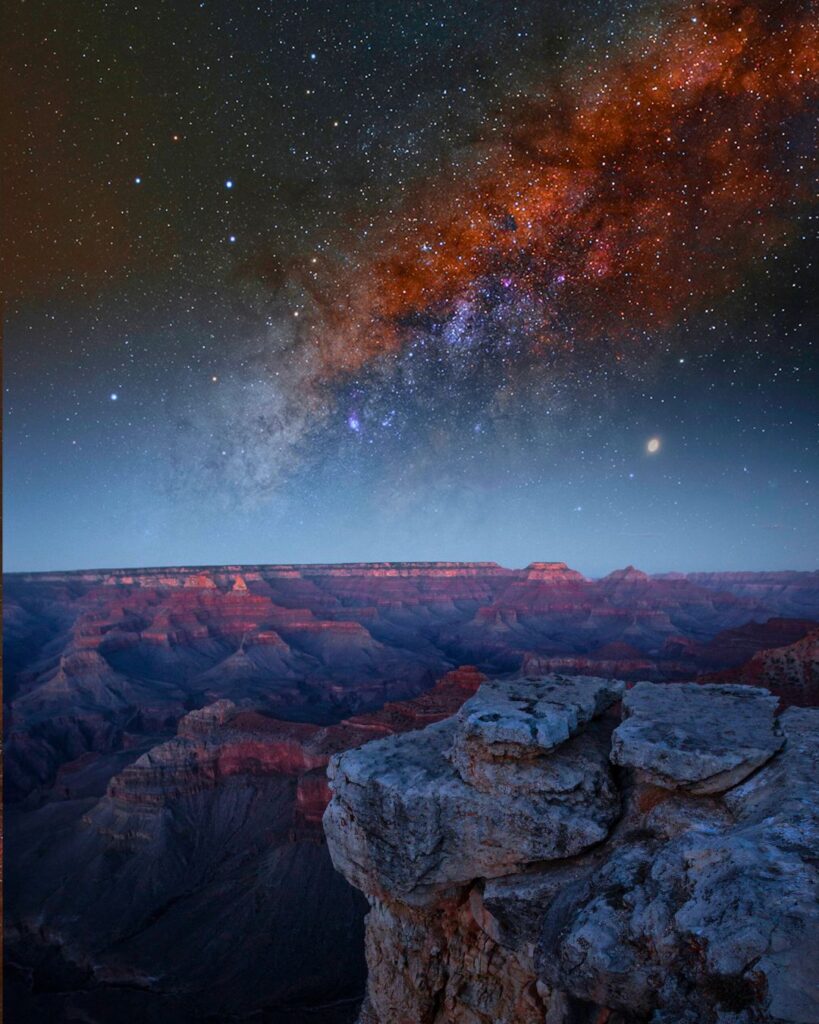
- South Kaibab Trail (6 miles, strenuous): A challenging descent into the canyon, offering panoramic views and leading down to the Colorado River.
- Ohh Aah Point Is only around 2 miles out and vback.
- Rim Trail (up to 13 miles, easy): A scenic walk along the canyon’s edge, offering breathtaking views without the intense elevation changes.
Key Experiences:
- Sunrise & Sunset Viewing: The South Rim provides the best spots to catch the iconic sunrise and sunset views over the canyon.
- Rafting the Colorado River: For an unforgettable adventure, take a rafting trip down the Colorado River, experiencing the canyon from below its towering cliffs.(paid activity)
Best Time to Visit:
- Spring and Fall are the best times to visit, offering mild temperatures and fewer crowds. Summer can be extremely hot, especially in the inner canyon, while winter brings fewer crowds but cold temperatures at the rim.
2. Yosemite National Park (California)
Yosemite’s granite cliffs, giant sequoia trees, and magnificent waterfalls make it one of the most beloved national parks in the United States. With its scenic vistas and diverse outdoor activities, Yosemite caters to every type of outdoor enthusiast.
Key Hikes:
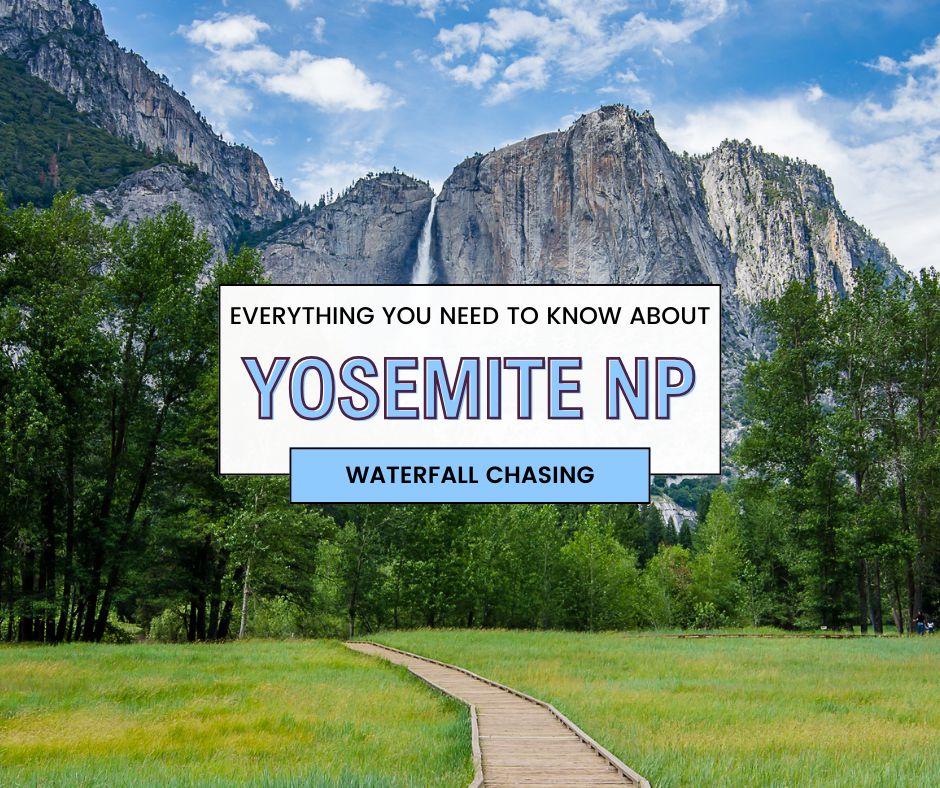
- Half Dome (14-16 miles, strenuous): One of the most iconic hikes, taking you to the summit of Half Dome with breathtaking views over Yosemite Valley. (permit required)
- Mist Trail (3-5 miles, moderate): A popular trail that leads you up close to the spectacular Vernal and Nevada Falls.
Key Experiences:
- Yosemite Valley Floor Tour: Perfect for those who want to experience the park’s iconic landmarks like El Capitan and Bridalveil Fall without hiking. (paid activity)
- Stargazing: The high elevation and dark skies make Yosemite an excellent location for stargazing, particularly in areas like Glacier Point.
Best Time to Visit:
- Late Spring to Early Fall is ideal for hiking and exploring, with most trails snow-free. Winter offers a magical, snowy experience, but some park roads and facilities may be closed.
3. Mount Rainier National Park (Washington)
Mount Rainier, an active volcano, rises dramatically above the surrounding landscape, with its snow-capped peak and lush forests offering year-round beauty. The park is famous for its wildflower meadows and towering old-growth forests.
Key Hikes:

- Skyline Trail (5.5 miles, moderate): A scenic loop offering fantastic views of the mountain and wildflower meadows, perfect for those wanting a moderate challenge.
- Myrtle Falls Trail (0.5 miles, easy): A short, accessible trail that leads to the beautiful Myrtle Falls with Mount Rainier in the background.
Key Experiences:
- Wildflower Viewing: During the summer months, areas like Paradise Meadows are covered in vibrant wildflowers, creating stunning views.
- Snowshoeing and Cross-Country Skiing: In the winter, the park becomes a snow sports haven with excellent opportunities for snowshoeing and cross-country skiing.
Best Time to Visit:
- July to September offers the best conditions for hiking and sightseeing, with most trails snow-free. For winter sports, visit from November to March, but be prepared for snow closures on some roads.
4. Redwood National and State Parks (California)
Home to the tallest trees on Earth, Redwood National and State Parks is a place of awe-inspiring beauty. Visitors can walk among towering ancient redwoods and explore diverse ecosystems, from coastal bluffs to temperate rainforests.
Key Hikes:
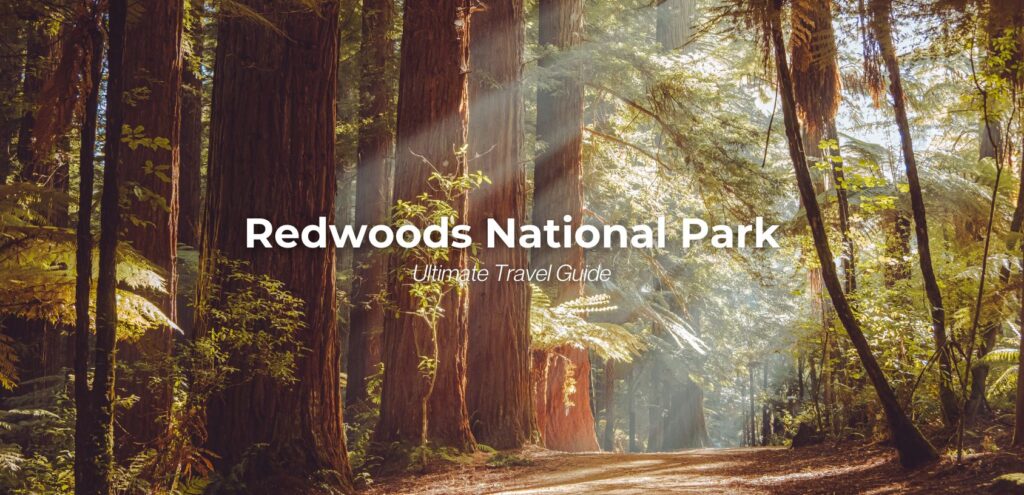
- Tall Trees Grove Trail (3 miles, moderate): A stunning hike through the tallest trees in the world, offering a truly humbling experience. (permit required)
- James Irvine Trail (4.5 miles, moderate): A scenic loop that takes you through the park’s ancient forest, providing stunning views and a tranquil atmosphere.
Key Experiences:
- Avenue of the Giants: This scenic drive takes you through some of the tallest trees in the world, providing an unforgettable experience.
- Canoeing on the Smith River: Known for its crystal-clear waters, the Smith River offers peaceful canoeing in a serene setting surrounded by nature. (paid activity)
Best Time to Visit:
- Spring and Fall are ideal for visiting, with mild weather and fewer crowds. The park is open year-round, but winter rains can cause flooding, especially along the Smith River.
5. Glacier National Park (Montana)
Known as the “Crown of the Continent,” Glacier National Park offers some of the most dramatic landscapes in the U.S. With its stunning alpine lakes, majestic glaciers, and towering peaks, it’s a paradise for outdoor lovers.
Key Hikes:
- Grinnell Glacier Trail (7.6 miles, strenuous): A challenging hike that takes you to one of Glacier’s most beautiful glaciers, with incredible views along the way.
- Highline Trail (11.8 miles, strenuous): A famous and breathtaking trail that follows the Continental Divide, offering expansive views of the park’s stunning landscapes.
Key Experiences:

- Going-to-the-Sun Road: A scenic drive that crosses the Continental Divide, offering breathtaking views of glaciers, valleys, and mountain peaks.
- Boat Tours on Lake McDonald: Take a boat tour to enjoy the crystal-clear waters of Lake McDonald, surrounded by majestic mountains. (paid activity)
Best Time to Visit:
- July and August are the best months for hiking and sightseeing, as the weather is warm and most park areas are accessible. Spring and early summer bring snow-capped mountains, while fall offers vibrant foliage.
Final Thoughts: The Best National Parks in the American West
From the deep canyons of the Grand Canyon to the towering peaks of Mount Rainier, the Best National Parks in the American West showcase some of the most breathtaking landscapes in the world. Whether you’re a hiker, nature lover, or just seeking adventure, these parks have something for everyone.
Looking for more incredible National Park adventures? Check out our guide to the Best Multi-National Park Road Trips or discover the Top 10 Waterfalls in National Parks. These posts will help you make the most of your travels and give you even more inspiration for your next outdoor adventure!

